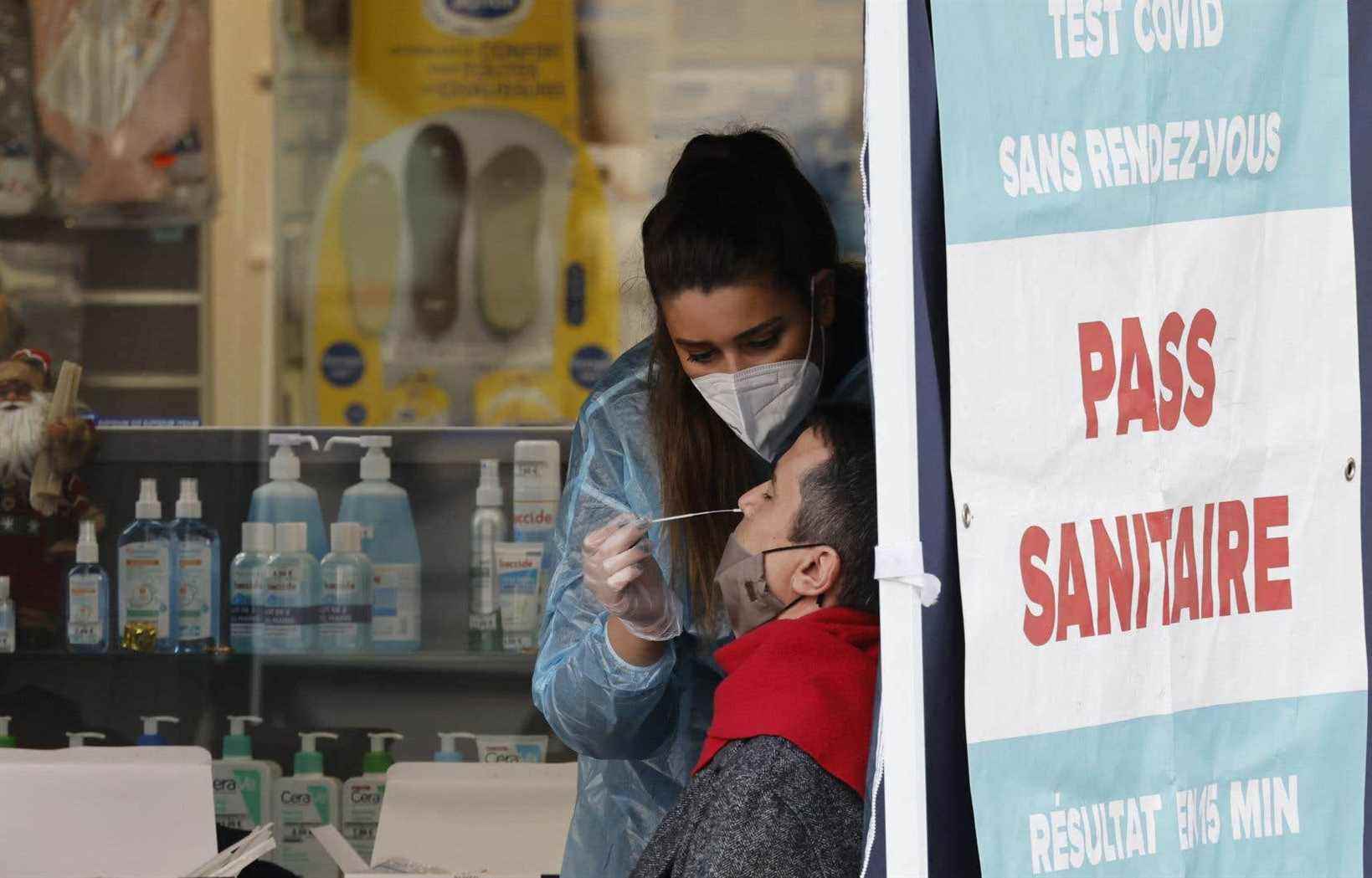The World Health Organization (WHO) estimated on Monday that the end of the acute phase of the pandemic may be within reach as early as this year, when the vaccine passport for the over-50s comes into force in France. 16 years old.
“We can end the acute phase of the pandemic this year — we can end COVID-19 as a global health emergency,” WHO’s highest alert level, its director said. General Tedros Adhanom Ghebreyesus.
To achieve this, countries must not sit idly by and must, among other things, fight against vaccine inequity, monitor the virus and its variants and take appropriate restriction measures, he explained on the occasion of the meeting. opening of the WHO Executive Committee, which is meeting this week in Geneva.
However, in Africa, 85% of the population has not yet received a single dose of vaccine, he said.
He also warned that “it is dangerous to assume that (the highly contagious variant) Omicron will be the last variant or to talk about endgame”, as conditions are “ideal” currently in the world for other variants emerge.
The potential for a “more transmissible and more deadly” variant is “very real”, he said.
On Sunday, WHO Europe director Hans Kluge estimated that an exit from the COVID-19 pandemic could be looming in the region two years after the appearance of this disease on the continent, in an interview with AFP. , in which he however called for caution because of the versatility of the virus.
The WHO estimates that Omicron could have infected 60% of the European population by March.
Vaccination passport in France
In a statement released on Monday, Mr. Kluge stressed that “Omicron is supplanting Delta at unprecedented speed” in Europe. “Less than two months after its discovery in South Africa, it now accounts for 31.8% of cases in the European region, compared to 15% the previous week,” he added.
In France, the country in Europe with the highest incidence outside micro-states, the vaccine passport was introduced on Monday and results in a hardening vis-à-vis the unvaccinated, despite the criticisms that this new device arouses among its opponents. A negative test is no longer sufficient, except for access to health establishments and services: for those over 16 years of age, proof of vaccination against COVID-19 must be provided in order to have access to leisure activities, restaurants and bars ( except collective catering), fairs or interregional public transport (planes, trains, coaches).
The incidence in France is 3,733 cases per 100,000 inhabitants over the past seven days, according to an AFP count. The country recorded an average of 360,000 daily cases over the same period, which also makes it the most affected European country in absolute terms.
The government nevertheless announced the end of wearing a mask outdoors and compulsory teleworking on February 2, then the reopening of nightclubs and the return of consumption at the counter on February 16.
Sanitary bubble
In China, the long confinement of the city of Xi’an (north) was lifted on Monday, announced the authorities, who also reported 72 cases of COVID among participants in the Beijing Olympics.
The 13 million inhabitants of the ancient imperial capital had been confined to their homes on December 22 after the discovery of an outbreak which infected a total of more than 2,100 people.
This month-long confinement is the longest and most extensive imposed in China since the quarantine of the metropolis of Wuhan, the first epicenter of the pandemic, from January to April 2020.
The official number of contaminations remains minimal in China compared to the rest of the world, but the authorities react to the slightest resurgence of the epidemic with radical measures, which are reinforced with the approach of the Beijing Olympics (February 4 to 20).
It is now Beijing which has the highest number of daily contaminations, ten days before the start of the Olympic Games: the capital reported six new cases on Monday, out of a national total of 18, to which are added 39 imported cases. .
In order to limit the risk of contamination, athletes and other participants in the Winter Games must remain inside a sanitary bubble.
